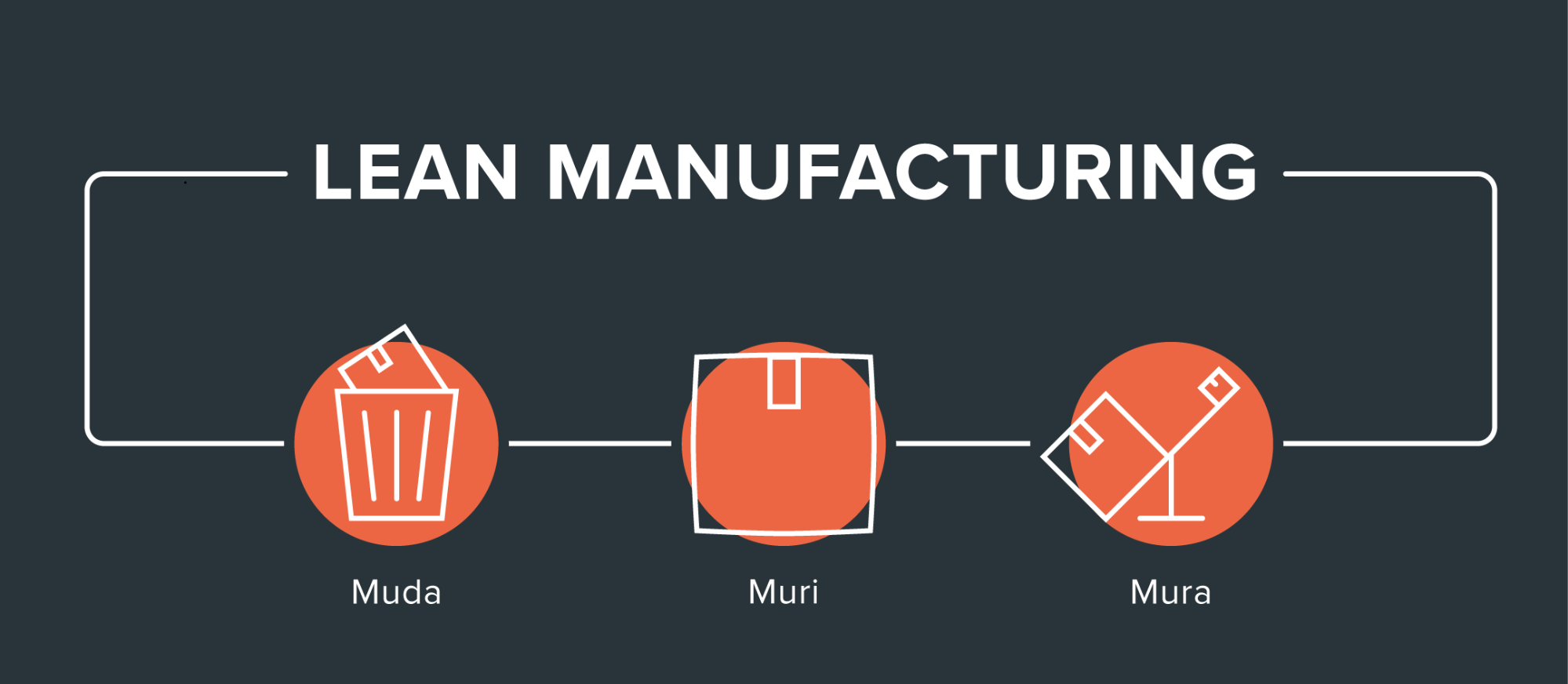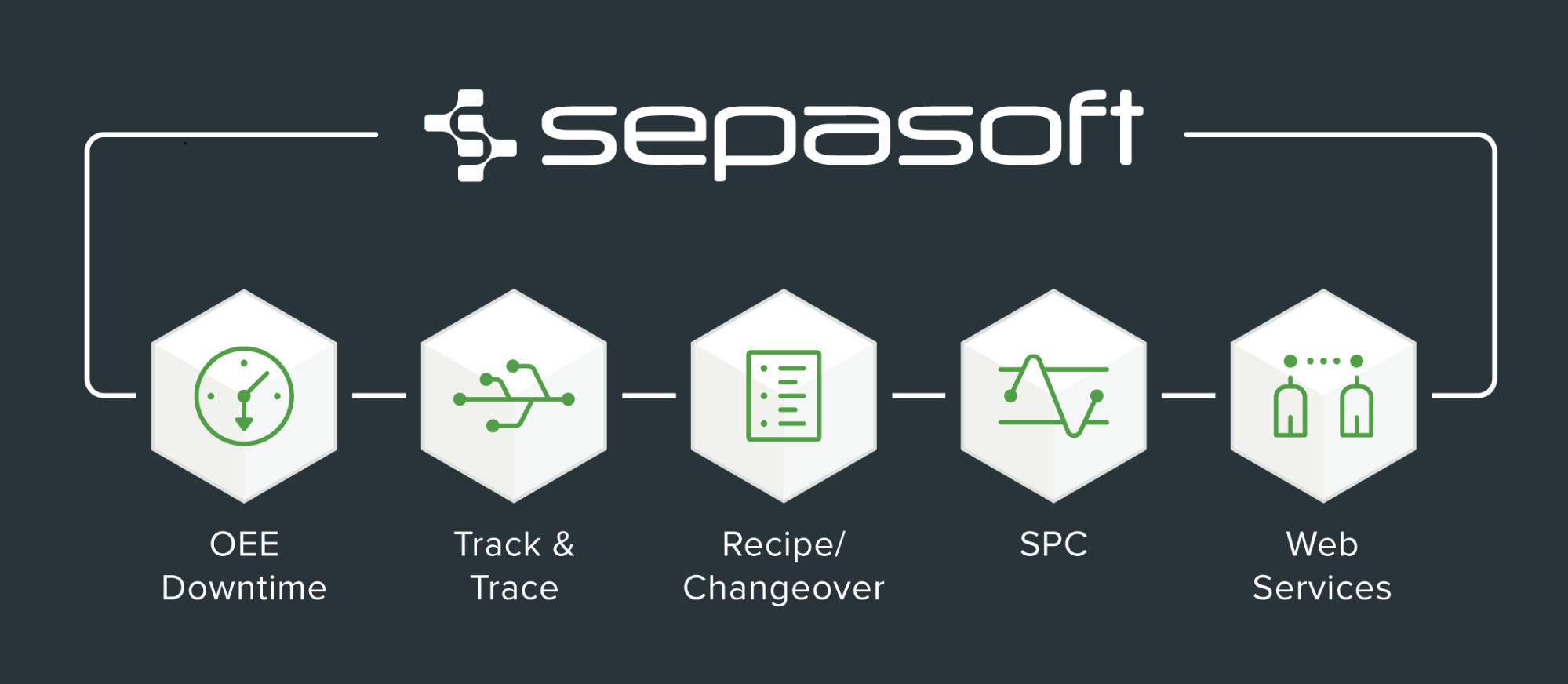Lean Six Sigma: Where Waste Reduction Meets Quality Improvement
No matter which industry they’re in, industrial organizations should strive to make their processes as free from waste and inconsistency as possible. What program is best at helping them get there? Many manufacturers have found that a program known as Lean Six Sigma is the most effective methodology for continuously improving their processes. However, even when a company has decided to implement Lean Six Sigma, other questions can remain: What is the first step we should take? Who in the organization should be involved? How do we measure our progress? And, should software play a role?
In this blog post, we will describe Lean Six Sigma and its component parts, discuss how software tools like Inductive Automation’s Ignition and Sepasoft’s MES modules can support Lean Six Sigma initiatives, and advise on how to implement these principles to improve manufacturing system performance and build towards operational excellence.
Introduction to Lean Six Sigma
Lean Six Sigma combines the principles of two different methodologies, Lean Manufacturing and Six Sigma, to improve manufacturing processes through the reduction of waste and variance. Investing time and energy into such programs and the tools that support them will lead to a better understanding of the current and future state of manufacturing processes, and provide insight on how to add value, reduce costs, and increase profitability.
Lean Manufacturing
Lean Manufacturing’s roots lie with the Toyota Production System (also referred to by its acronym TPS; or as JIT, which stands for Just-In-Time manufacturing) and the principle of focusing on the value provided to the customer and reducing waste, where waste is defined as anything that does not directly provide value. In the context of Lean Manufacturing and the TPS, waste falls into three categories:
- Muda: The waste of work being done that is not adding direct value
- Muri: Waste due to overburdening people or assets beyond their limits
- Mura: Waste resulting from fluctuations in work, or unevenness
The intent of Lean Manufacturing programs is to identify and reduce waste across all categories. Value Stream Mapping, the exercise of describing the steps that go into making a manufactured product and assessing the value associated with each step, is a vital tool in this process as it helps to identify the current state of manufacturing operations, the desired future state, and the business value of making progress towards the future state.

Six Sigma
Where Lean Manufacturing focuses on various types of waste reduction and process flows, Six Sigma is more focused on eliminating defects and reducing variability. Six Sigma (6σ) is most commonly associated with hard numbers like “3.4 defects per million opportunities (DPMO),” derived from the statistical roots of the doctrine (in this case, having control limits within 6 standard deviations of the process mean). That said, the power and utility of Six Sigma come from its principles, methods, and tools more than hard-and-fast metrics like a DPMO of 3.4. Tolerance for defects can vary significantly from business to business, but the need for continuous improvement and consistent production are universal.
One of the most commonly used methodologies of Six Sigma programs is the DMAIC process for improving existing processes, which describes the following phases for a Six Sigma improvement project:
- Define the goals of the project.
- Measure the current process and establish the as-is state.
- Analyze measured data, establish relationships between data and information, and determine root causes of issues.
- Improve the process using the analyzed data, including pilot projects and experiments.
- Control the process post-improvement to monitor improvements and iterate until the desired result is obtained.

Lean Six Sigma
Lean Six Sigma programs take principles, designs, and tools from each of its component parts to form a comprehensive process-improvement plan. Both Lean Manufacturing and Six Sigma emphasize the importance of organizational buy-in and alignment for success. Six Sigma goes so far as to define organizational roles from plant-level operators to CEOs with its infamous judo-style belt system. The reality is that continuous improvement initiatives are multidisciplinary endeavors and benefit from multiple perspectives to determine what enhancements will provide the most value and how to most effectively realize those gains.
Using Software to Support Lean Six Sigma Programs
While it is possible to collect and analyze data and develop Lean Six Sigma projects by hand, there is a plethora of software available to support these efforts. Computerized time-series and event-based data collection from PLC, HMI, and SCADA systems are significantly more efficient and effective than manual, paper-based data collection. There are also a number of software packages available to aid in turning raw data into actionable and usable information. Digital systems make it simple to present this information to a variety of stakeholders, and can even proactively identify potential reliability issues before they happen.
Inductive Automation’s Ignition is an excellent platform for collecting data and presenting information for Lean Six Sigma programs. Ignition provides a platform to collect data from a variety of providers and organize that data into a comprehensive production model based on ISA-95 standards. Ignition also features a process historian built directly into the platform, making it easy for users of various skill levels to track manufacturing data for Lean Six Sigma investigations, project justifications, and experiments.

Sepasoft’s MES modules for Ignition can also be leveraged to support Lean Six Sigma initiatives and projects. The OEE Downtime Module can help to identify the most significant sources of downtime and provide insights on what improvements will provide the most value, or most significantly reduce costs. Traceability and Production Scheduling can help to put manufacturing data in context for more versatile improvement investigations. Lean Six Sigma projects frequently involve experiments with process parameters, which can be tracked and managed via the Recipe/Changeover Module.
The Sepasoft Statistical Process Control (SPC) Module, which includes several quality-analysis features, is most directly associated with Lean Six Sigma programs. The SPC Module can monitor signals in real time and monitor for data trends that may indicate a process variable is going out of control specifications. Such information is valuable for both active-management by operators on the floor, and for Lean Six Sigma project development.
It’s also very common to require some manual data collection to support Lean Six Sigma projects and initiatives. Typically, production areas that could benefit the most from reduced waste and variability are often the ones with less automation and data availability. Sepasoft’s SPC Module supports scheduled quality data collection prompts to operators or other users to collect sample data, and quality data-entry can be designed directly into the Ignition screens and databases to avoid paper-based entry and its inefficiencies.
Once the required process data has been collected, analysis can be conducted in the Ignition and Sepasoft platforms or exported to another tool. Information can be organized and presented in real-time using Sepasoft modules or Ignition’s visualization tools. Production and quality summary information can be generated and presented in the Ignition Reporting Module to address longer-term analyses. If your Lean Six Sigma team is more familiar with other data processing tools, data can be exported from Ignition and Sepasoft platforms for external analysis. Ignition is open and extendible by design, enabling the platform to augment, replace, or integrate with other data processing and automation systems.

Moving Forward
One of the most commonly cited obstacles to effective Lean Six Sigma initiatives is an overreliance on tools and a lack of emphasis on personal and cultural contributions. Even a perfect implementation of data collection and quality software will not yield its full value potential without a program of continuous improvement built around it.
Successful Lean Six Sigma programs often start with a holistic look at manufacturing operations and understanding the Value Stream Map to understand where and how improvements can provide the most valuable returns. By clearly stating the business goals that one intends to address with Lean Six Sigma programs and projects, we establish an expected financial return to the business that is measurable and verifiable. Improvements are suggested, executed, and validated with methods similar to those of the scientific method: with a verifiable hypothesis, experiments, and data-based results to support or disprove that hypothesis. Effective projects can be scaled across multiple processes, lines, and facilities to yield the most significant returns.
Ignition and Sepasoft provide excellent platforms for collecting, storing, and presenting data from disparate platforms and using that data to generate actionable information-in-context for operations on the floor and to support Lean Six Sigma and other continuous-improvement initiatives.
Grantek Systems Integration is proud of our process around the definition, planning, and execution of Smart Manufacturing projects that support Lean Six Sigma initiatives. We work with customers to define their Business Requirements and what problems they are trying to solve, leveraging industry standards like ISA-95 to organize this information into an accepted framework. We then develop Functional Specifications to help describe the functions, interactions, and processes of the various digital and physical systems to achieve those Business Goals. From these foundations, we can deploy pilot projects, validate that each project meets its established success criteria, and roll out the most valuable developments to multiple production lines for the most significant returns. You can find more information about Grantek and our Smart Manufacturing capabilities on our website.
If you found this content useful, you can find more information on implementing Lean Six Sigma programs to industry standards like ISA-95 and some case studies in our 2018 webinar Getting Started with Lean Manufacturing.
